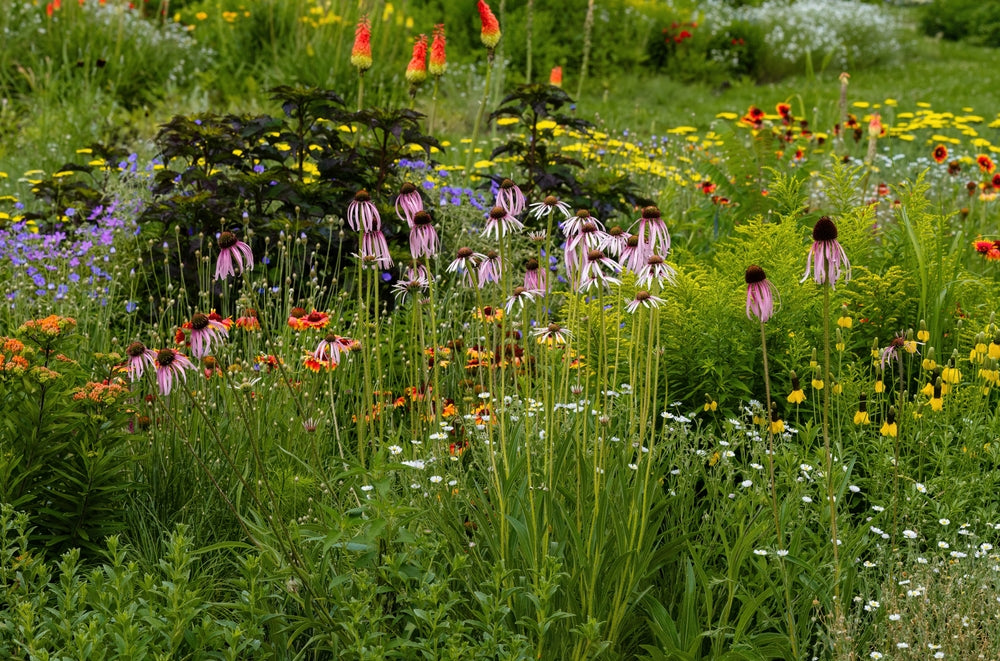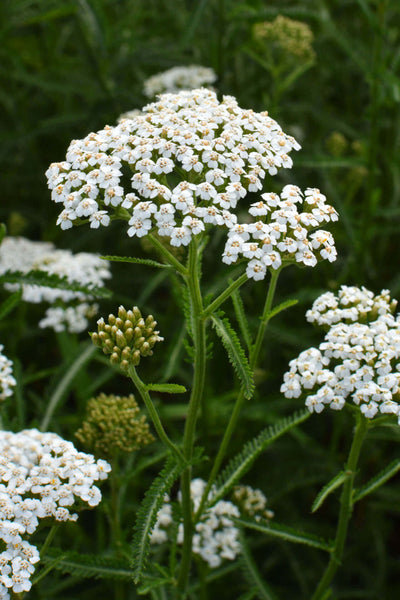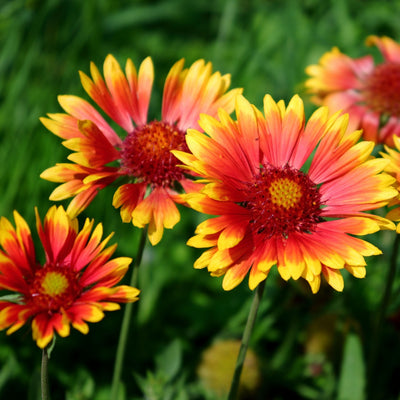There is a natural charm to an informal garden that makes you feel at ease. Instead of strict, straight lines, an informal garden design uses plants that grow naturally, soft curves and paths that run together. A lot of people like this style because it makes any home feel like a peaceful house. Like nature, it looks warm, friendly and a little wild. This type of garden is also great for people who want less stress and care, since the layout lets plants grow naturally without having to be trimmed or shaped into perfect shapes.
Informal Garden Principles
It's helpful to know what makes this style of garden design unique when looking for informal garden design ideas. An informal garden usually mixes colors, shapes and textures in a soft and carefree way. To make a cottage-style place, you can use curved borders, plants of different heights and lots of flowers. This method works well for picking plants for a cottage garden, especially if you want the space to look beautiful but also calm and unstructured.
The best cottage garden plants tend to spread out, soften edges and fit together. They make a friendly, meadow-like atmosphere that works well in both small and large gardens. Visit the reputable sites like The Spruce for more tips or ideas on how to design a natural yard.
Key Design Principles for an Informal Garden
Soft shapes, gentle curves, and natural growth patterns make up an informal garden. The room doesn't have any hard edges; instead, it feels open and calm, letting plants spill out and mix together. Color and pattern repeat in a way that doesn't look planned, creating unity. Along walks that aren't straight, plants are often grouped together in different ways in an informal garden design. The goal is to keep things balanced while still looking like nature.
The garden feels warm and welcoming because it is beautifully unplanned and the plants are chosen so that they can grow freely.
Curved and soft layouts
Paths and garden beds in an informal garden are arranged so they move together. This makes you feel relaxed and eliminates the need for perfectly straight lines. Everything should feel natural and easy in an informal garden design, so give plants room to spill over walks and fit in with each other.
Mixed groups of plants
Flowers and plants should not be planted in straight rows, but rather in small groups. This method gives the garden a wild look and lets birds and flowers come in. Plants that grow together instead of standing alone also make your informal garden design feel more like a field.
Colors and textures found in nature
An informal garden features soft greens, repeated colors and varied patterns. If you want plants that look good together, you don't have to pick ones that match. A structure is not made up of strict lines or shapes, but of balance.
Plant Palette- Choosing the Right Perennials
When creating an informal garden, one of the most important steps is choosing the right plants. These plants last for a long time and add steady color, soft movement, and a natural flow to any informal garden design. Find plants that spread slowly, attract pollinators, and look good together. A cottage-style look can be achieved with little extra work by mixing heights, colors, and textures. If you make smart choices, your garden will always look full, alive and beautifully untamed.
Informal garden design ideas
Yarrow Plant
The Yarrow Plant has soft clumps of flowers and leaves that look like ferns. It is a great choice for calm areas. It spreads well, fills in gaps, and butterflies and bees like it. You can choose yarrow plants for a cottage garden because they do well in hot, dry soil. Check it out or buy it here.
Blanket Flower
The Blanket Flower brings warm, happy colors into any space. It's easy to grow, tolerates poor soil, and blooms for a long time. Due to its beautiful blending with other perennials and support for bees, it is one of the most popular cottage garden plants.
Cottage garden plants
Mix of Meadow-Style Perennials
If you are designing an informal garden, plants like coneflowers, black-eyed Susans, and asters look great in it. They come back every year, grow on their own, and add color with little work. The garden looks full without looking forced because of its natural forms and ease of growing.
FAQs
What is the difference between a formal and an informal garden?
There are straight lines, perfect designs and neat forms in a formal yard. A less formal garden is one that looks more natural and is shaped like a curve.
Are informal gardens harder to maintain?
Most of the time, they are easy. You don't have to trim or shape it all the time because the pattern lets it grow naturally.
Which perennials are best for an informal garden?
Some plants that do well are yarrow, blanket flower, coneflowers, black-eyed Susans and asters. These plants grow easily and fit in just right.
Can I include native wildflowers in an informal garden?
Yes! Native blooms are great because they are easy to care for and help wildlife.
How do I prevent informal garden beds from looking “messy”?
Smooth out the shape, use the same few colors and add larger plants to the back. This makes the garden free, but still even and neat.




